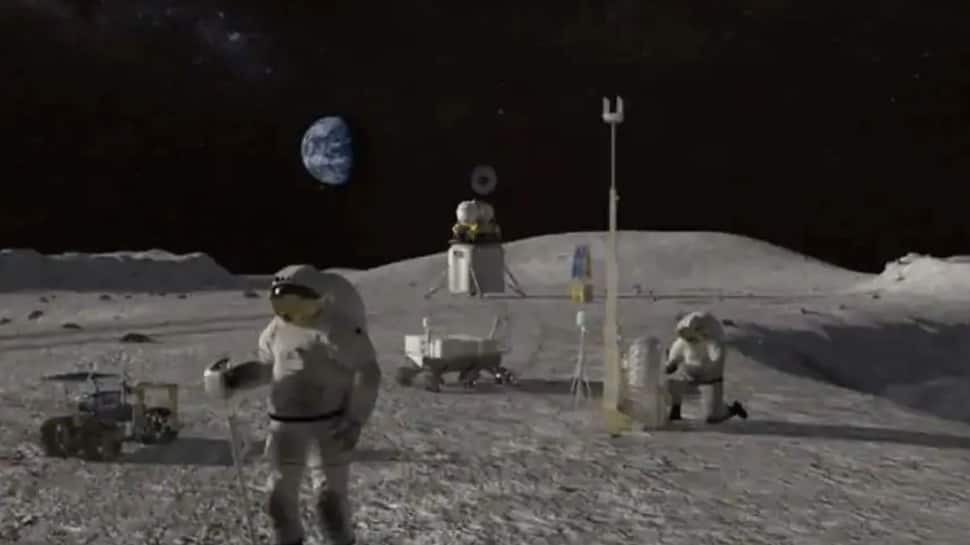
Tuesday, December 29, 2020
THE HINDU NEWSPAPER IMPORTANT ARTICLES 29.12.2020

Monday, December 28, 2020
Know about the ant Antarctic iceberg A68a
A68a, the giant Antarctic iceberg has become a cause for concern for South Georgia Island.
The giant iceberg A68, the biggest block of free-floating ice from Antarctica with an area of about 5,800 sq. Km.
Daily Current Affairs, 28th December 2020

1) PM to inaugurate ‘New Bhaupur- New Khurja section’ of Eastern Dedicated Freight Corridor (EDFC)

•‘New Bhaupur- New Khurja section’ of Eastern Dedicated Freight Corridor (EDFC) will be inaugurated by the PM Narendra Modi on 29th December, 2020 at 11 AM through video conferencing.
•During the event, Prime Minister will also inaugurate EDFC’s Operation Control Centre (OCC) at Prayagraj.
•On the occasion, Governor of Uttar Pradesh Shrimati Anandiben Patel, Chief Minister of Uttar Pradesh Shri Yogi Adityanath and Union Minister Shri Piyush Goyal will also be present.
2) US plans to set up a Nuclear Reactor on Moon

•USA’s plan to set up the first nuclear reactor on the moon by the end of 2026. In early 2021, the US Department of Energy in collaboration with NASA intends to solicit industry design proposals. It also got an impetus with a recent White House directive.
•The outgoing President Donald Trump, issued the “National Strategy for Space Nuclear Power and Propulsion” on 16 December.
•Under it, he asked Nasa to “initiate fission surface power project for lunar surface demonstration by 2027 with scalability to a power range of 40 kilowatt-electric and higher to support a sustained lunar presence and exploration of Mars”.
•The objective of NASA behind this was to establish a flight hardware system that is ready for integrating with the lunar lander by 2026 end. The nuclear reactor is known as the fission power system that will benefit future robotic and human expedition missions to the moon as well as Mars.
•The availability of safe, efficient, and readily available power is critical to these missions and a fission surface power system meets those requirements.
•The fission surface power system will be fully manufactured and assembled on earth and integrated on a lander as a payload.
•The system consists of four major subsystems including a nuclear reactor which is an electric power conversion unit, heat rejection array, and power management and distribution subsystem and will be designed to operate for up to 10 years.
3) Ayushman Bharat Pradhan Mantri Jan Arogya Yojana (AB-PMJAY) SEHAT scheme

•Prime Minister Narendra Modi launched the Ayushman Bharat Pradhan Mantri Jan Arogya Yojana (AB-PMJAY) SEHAT scheme. The main aim behind the scheme is to extend health insurance coverage to all residents of Jammu and Kashmir.
3) Union Minister Shripad Naik Releases book “Sutranivednachi sutra- ek anbav”

•Union Minister of State (I/C) for AYUSH and Minister of State for Defence Shripad Naik released a Konkani book “Sutranivednachi sutra- ek anbav”, by Dr Roopa Chari on 26 December, 2020. It is published by Sanjana Publications .
•Dr. Roopa Chari is a well-known personality in the field of Compering in Goa.
The HINDU Notes – 28th December 2020

